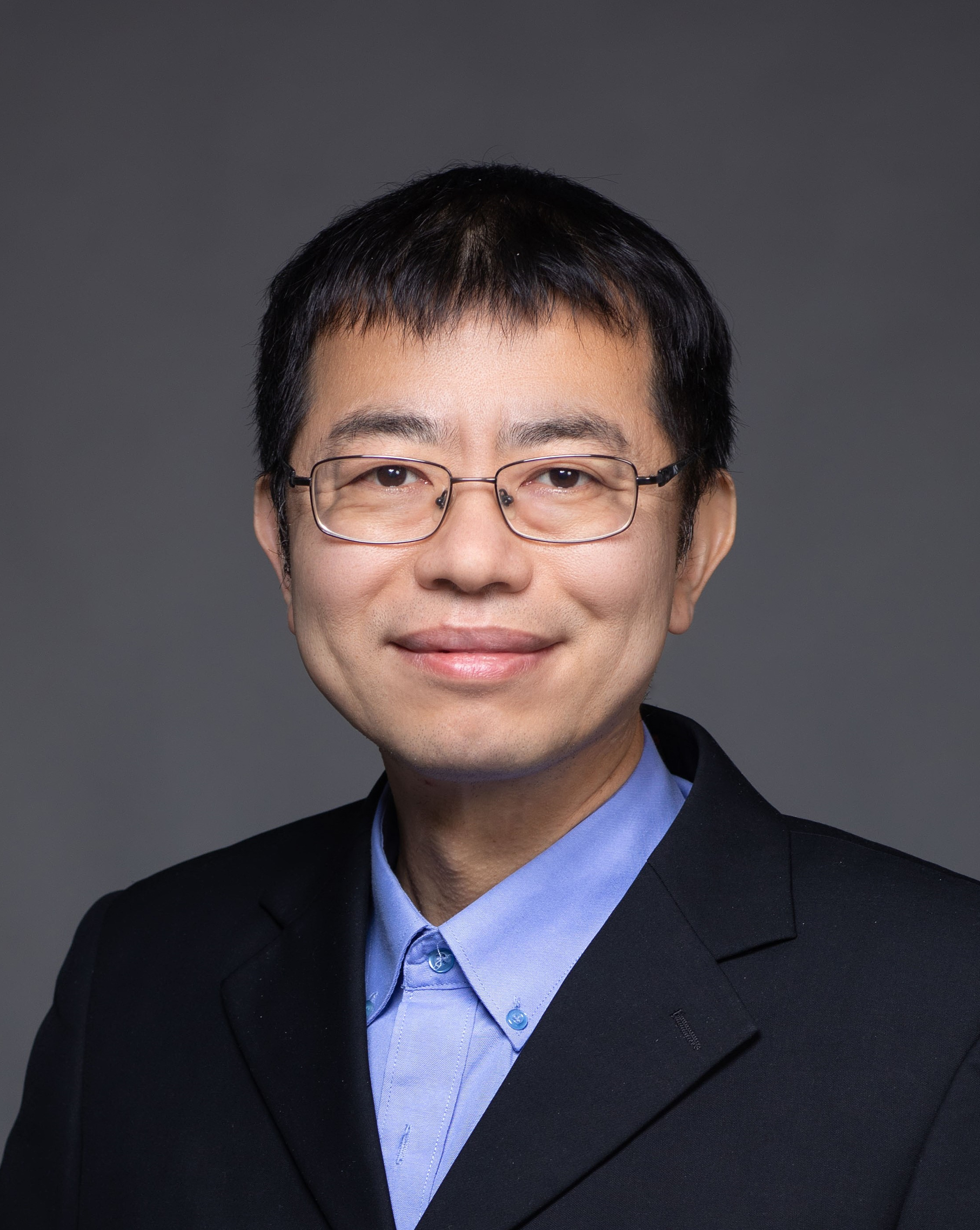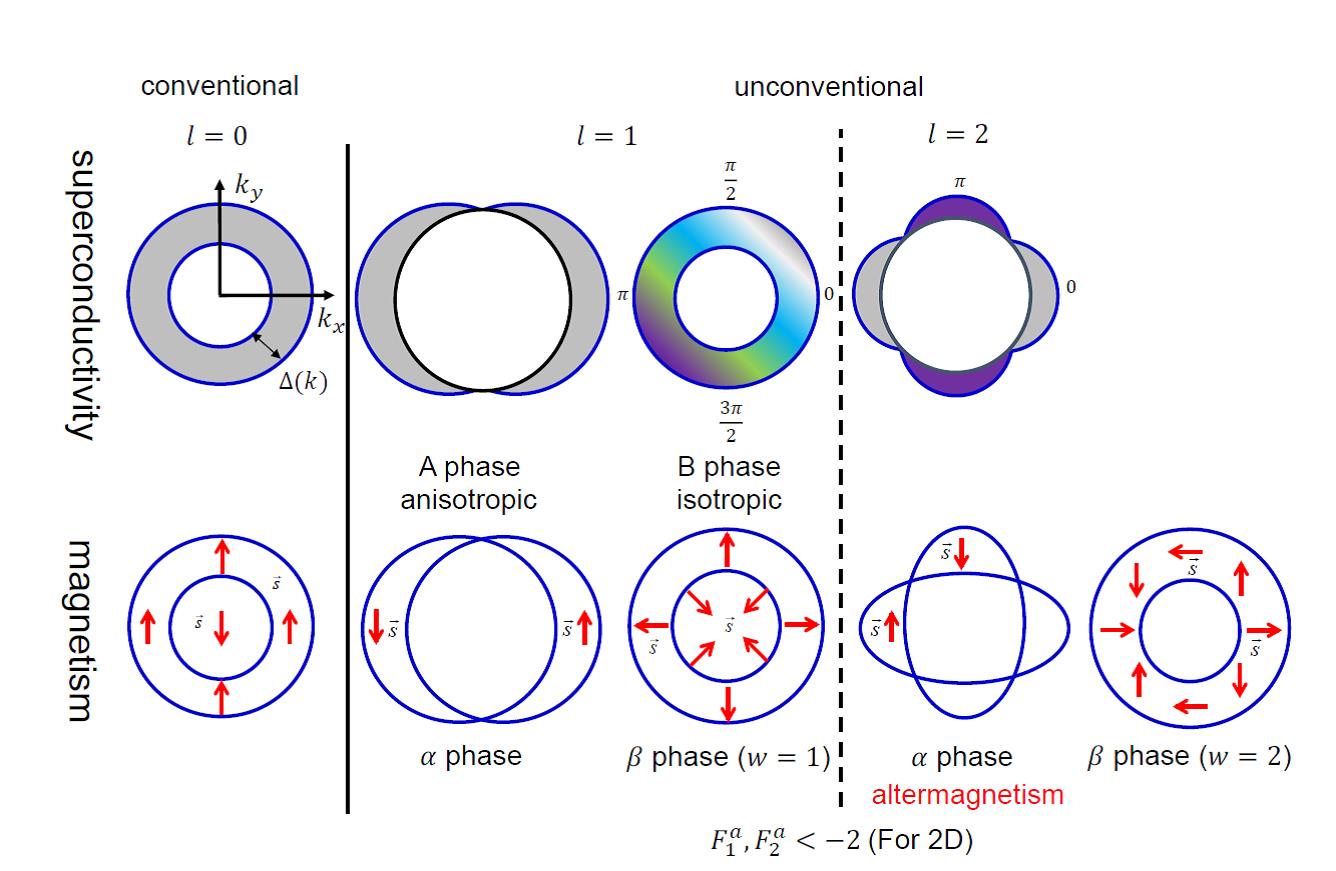Prof. Congjun Wu: Unconventional Magnetism (2025/04/15) |
| ( 2025-04-11 ) |
Title | Unconventional Magnetism
| Speaker | Prof. Congjun Wu Westlake University
| 
| Time | 3:00pm, April 15, 2025 | Place | Material Science and Research Building B902 | | Brief Bio of the Speaker |
Congjun Wu received his Ph.D. in physics from Stanford University in 2005 and did his postdoctoral research at the Kavli Institute for Theoretical Physics, University of California, Santa Barbara, from 2005 to 2007. He became an assistant professor in the Department of Physics at the University of California, San Diego in 2007, an associate professor in 2011, and a professor in 2017. In 2021, he became a Chair Professor at the School of Science, Westlake University. He was selected as a New Cornerstone Investigator in 2023, elected to a Fellow of American Physical Society in 2018, and awarded Sloan Research fellowship in 2008. His research interests are exploring new states of matter and revealing their organizing principles, including quantum magnetism, superconductivity, topological states, mathematical physics, and the numerical method of quantum Monte Carlo simulations. | Abstract | About two decades ago a mechanism for generating what later termed unconventional magnetism (UM) was proposed in analogy to unconventional superconductivity (PRL 93, 36403 (2004)) [1]. It is based on quantum phase transitions of the Landau-Pomeranchuk Fermi surface instability, spontaneously generating spin-multipole ordering and momentum-dependent spin splitting [2]. Later theoretical investigation was systematically developed by Wu, Sun, Zhang and Fradkin (PRB 75, 115103(2007)): The symmetry and topological defects were analyzed by composed operations of non-equivalent orbital and spin rotations, i.e., spin-space group type operations in later literatures; properties proposed for experiment tests include temperature-dependent spin splitting detectable by ARPES and Shubnikov–de Haas oscillations, coupling between strain and magnetization, and resonance modes in inelastic neutron scatting spectra, etc. UM was generalized to orbital band systems to explain the nematic metamagnetism observed in Sr3Ru2O7 (PRB 80, 104438(2009)). Based on the symmetry perspective, altermagnetism corresponds to the collinear version of UM (alpha-phase) in even partial-wave numbers. The distorted Fermi surfaces in the d-wave state and the spin current generation by charge current shown in Wu’s presentation in 2007 [1] are the same as the now-iconic illustration of altermagnetism. In addition, UM states can exhibit non-colinear spin multipole orders (beta-phase). UM states also exist in odd partial-wave channels maintaining time-reversal symmetry beyond altermagnetism. These deep connections offer insights into their shared theoretical underpinnings. As for a recent development (arXiv:2501.13616), we reconcile conflicting experimental and theoretical reports in RuO2 by attributing it to the proximity to a quantum phase transition. We emphasize its potential as a platform for investigating quantum phase transitions and the broader realm of UM. [1] The earliest online record of the term “Unconventional Magnetism” (to our knowledge) appears in a talk given by Wu at the KITP, UCSB on May 16, 2007, https://online.kitp.ucsb.edu/online/coldatoms07/wu1/ [2] Comparison between unconventional superconductivity and magnetism

|
|
|
|
